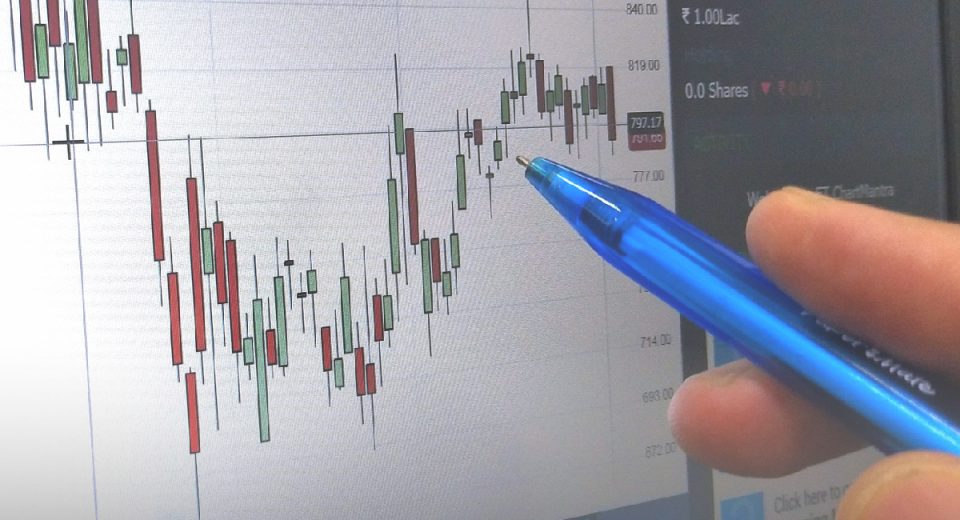3 Best Short-Selling Strategies

On August 4, 2024, the S&P500 index declined by 3%. It was the steepest single-day decline since September 2022. The fears of an economic slowdown in the US weighed down on indices globally. The Nasdaq Composite tanked 3.4%, the Nikkei 225 index fell 12.4%, and the pan-European Stoxx was down 2.2%.
While markets trend upward in the long term, there can be many such days when there are fewer or no opportunities on the upside. Beginner traders may feel they are missing out when the market is trending down. This is where short-selling steps in. Adding short-selling strategies to your trading plan allows you to continue participating in the financial markets irrespective of the broader trend.
Top 3 Short Selling Strategies
Short selling is when you open a position to ‘sell’ an asset that you believe will continue to fall in price. If the asset price does fall in value, you close the trade by ‘buying’ it back and earning from the difference between the sell and buy-back price, minus any spreads. Here are the 3 best short-selling strategies:
Ride a Downtrend
Bear markets provide traders with opportunities to short-sell assets. Short-selling during an active decline is a popular strategy. You can use technical indicators, such as MACD and Bollinger Bands, to spot a downtrend and the A/D line to determine its strength. A strong downtrend is considered a good opportunity to take short positions. You ride the downtrend and place order limits according to your speculations to limit losses or lock gains.
Time a Spike During a Downtrend
Usually, an asset’s price does not dive straight to the bottom. Even during downtrends, there are small spikes that create opportunities for traders to enter. Timing your entry at these spikes is similar to timing your entry during a price correction during uptrends. You can use candlestick chart patterns, such as bearish triangle, downward pennant, and bearish flag, to confirm that the downtrend is poised to continue after the spike. A popular practice is to enter as soon as the price spikes, while the triangle completes.
Time a Breakdown in Sideways Markets
This strategy applies when your chosen asset trades within a range, without a clear trend. If you speculate a potential breakdown, you take a short position and wait for the bears to drag the price down, creating opportunities to lock gains. You can use technical indicators to speculate a breakdown below the support level and determine the strength of the bears to start and maintain a downtrend.
Risk Management for Any Short-Selling Strategy
Risk management is essential when trading in the financial markets. It is best to understand the risks involved and adopt adequate management techniques:
- There is a negative perception around short selling as traders speculate on declining markets. This may affect your trading psyche.
- There is a potential for accumulating losses, which necessitates sharpening your risk management skills.
- Since the assets are borrowed, these may incur interest and affect your trading plan. Keeping an eye on the fees and changing borrowing costs is essential.
A few techniques to add to your short-selling strategy are:
Watch Out for a Short Squeeze
A heavily shorted asset may unexpectedly rise in value. Such an occurrence, known as a short squeeze, may erase all your gains in the declining market. A common technique to prepare for such a situation is to exit when you expect a short squeeze. Use your asset’s short squeeze score, broker’s analyst reports and order books, along with market sentiment data. The 2023 GameStop short squeeze highlighted the potential of market participants to change the direction of markets.
Stay Updated on Dividend Payments
Short sellers are not entitled to get dividends for borrowed stocks. However, dividends may be deducted from the short seller’s account on the payout date. Therefore, if the ex-dividend date of the securities you have borrowed is approaching, consider exiting your positions to avoid deductions.
Maintain the Minimum Requirement
Since short sellers tend to trade with leverage, it is critical to maintain the minimum margin in the account. If the value of your holdings drops below your specified margin, you may have to deposit funds immediately or be forced to exit your positions as per the brokerage’s policy.
How to Short Sell?
Derivative instruments, such as contracts for difference (CFDs), are a popular way to explore opportunities during a downtrend. CFD trading involves speculating on the direction of price movement.
The best part about using CFDs is that you can hedge your positions to minimise risk exposure. When you take a short position, you can simultaneously take a small long position to hedge your risks. This is a popular risk management technique for when the market moves against your expectations.
To Sum Up
- Short sellers take advantage of opportunities during market downtrends.
- Riding a downtrend is one of the most popular short-selling strategies.
- Short sellers time tiny spikes during broader downtrends to take positions.
- Entering a ranging market and waiting for a breakdown below the support level is a popular short-selling strategy.
- Use technical indicators and analyst reports to discover short-selling opportunities.
- Minimise risk by looking out for short squeezes, ex-dividend dates, and margin calls.
- CFDs allow traders to explore opportunities during a downtrend.
Disclaimer:
All data, information and materials are published and provided “as is” solely for informational purposes only, and is not intended nor should be considered, in any way, as investment advice, recommendations, and/or suggestions for performing any actions with financial instruments. The information and opinions presented do not take into account any particular individual’s investment objectives, financial situation or needs, and hence does not constitute as an advice or a recommendation with respect to any investment product. All investors should seek advice from certified financial advisors based on their unique situation before making any investment decisions in accordance to their personal risk appetite. Blackwell Global endeavours to ensure that the information provided is complete and correct, but make no representation as to the actuality, accuracy or completeness of the information. Information, data and opinions may change without notice and Blackwell Global is not obliged to update on the changes. The opinions and views expressed are solely those of the authors and analysts and do not necessarily represent that of Blackwell Global or its management, shareholders, and affiliates. Any projections or views of the market provided may not prove to be accurate. Past performance is not necessarily an indicative of future performance. Blackwell Global assumes no liability for any loss arising directly or indirectly from use of or reliance on such information here in contained. Reproduction of this information, in whole or in part, is not permitted.




